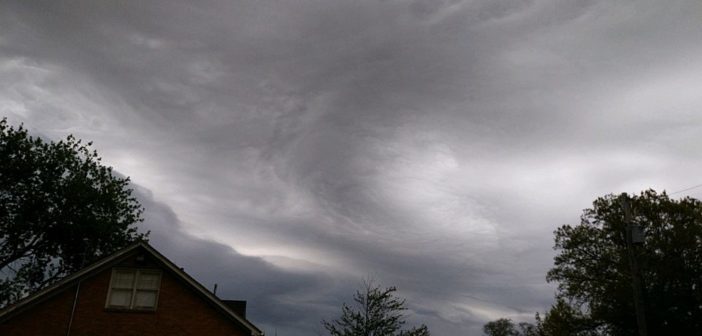“We tolerate people living in housing that doesn’t stand up to an earthquake or a flood or a tornado or a hurricane and then we’re surprised when they die,” she said.
Bergren also cautions against placing blame upon those who choose not to evacuate in these events. This may include not having a means of transportation or a place to stay, not being able to take their pets with them or being reluctant to leave behind infirm family members.
“Those are not reasons that we should hold against people…they’re vulnerable in these extreme situations and these are levels of social risk that we tolerate as a society.”
Looking past the notions of how we socially situate ourselves within harm’s way comes to another human-made issue: climate change. Human influence over environmental changes has drastically altered the way so-called “natural” disasters even begin to manifest in the first place.
Bergren said that “Disasters are unnatural on multiple levels.” Beyond choices in preparedness and prevention, the lasting effect upon the hydrological cycle means that hurricanes, droughts, floods and tornados are increasing in severity based on human impact.
Assistant Professor of Political Science, Dr. Alyx Mark said, “All disasters are political due to what they require of our political leaders.
“Disasters become ‘political disasters’ when the public perceives that our politicians are not doing enough to help with regards to mitigation, preparation, response and recovery.”
Disasters are also not considered natural because people create them or are the cause of them. For example, at the University of California, Berkeley, the football stadium was built directly over the Hayward fault line that could potentially lead to future disasters.
Hurricanes have intensified immensely in the last few years due to climate change. Hurricanes thrive off of warm atmospheric temperatures and a rise in sea level, both of which are things that have been caused by human influence and carbon emissions. The intensity and severity of Hurricane Florence and Hurricane Michael can be blamed on human-caused climate change and bureaucratic indifference.
The New York Times’ “Decimated by Hurricanes, Rural America Needs Our Help” stated, “If we stopped building houses next to the ocean, we wouldn’t have these problems.” By moving away from the coast and relocating, the number of people that would be displaced due to damage and danger would decrease and money would be saved.
By not permanently leaving disaster-prone areas, people will inevitably be revictimized by the eventual re-emergence of the hazard, turning it into a disaster. Mark said that people who lack resources are likely living in a place where the risks are unknown because no one has prepared for it and no one has informed these people of the possible dangers of their location.
“If we have people in positions of power who cannot make these types of investments in preparation or mitigation, I find it difficult to imagine a world where the government would provide the resources to allow people to move somewhere safer,” Mark said.
“The government should allocate more resources to preparing for disasters and mitigating the effects of disasters,” Mark said.
Co-written by Megan Fickert and Jack Plewa.

